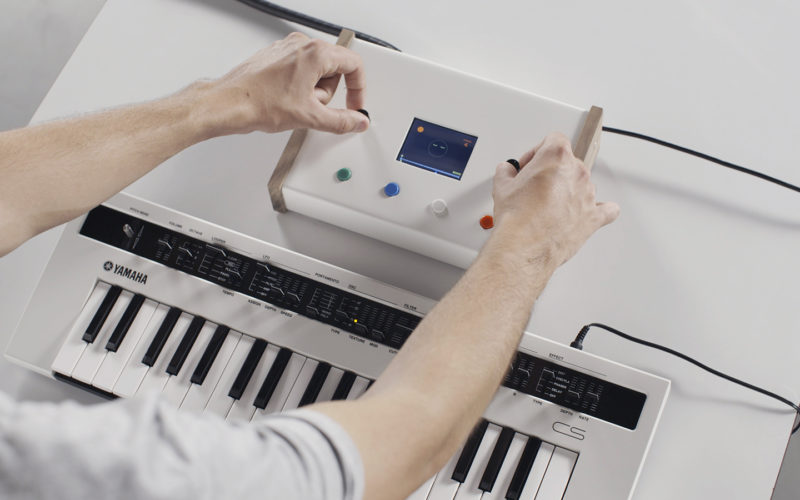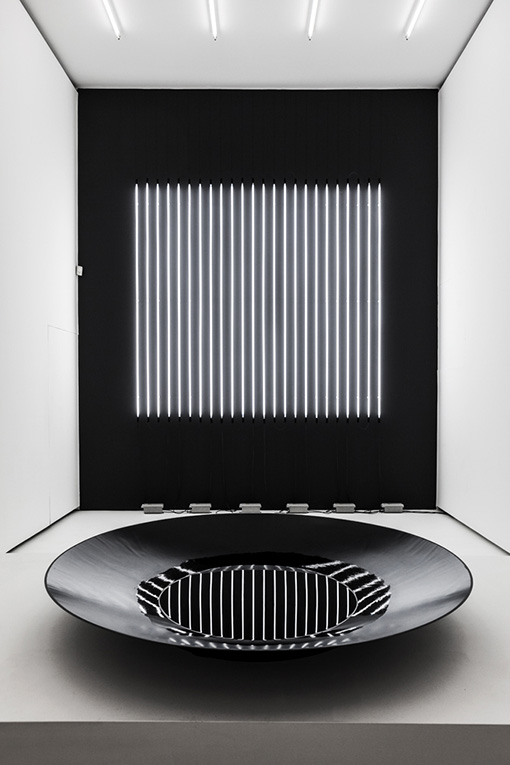// Margot Gersing - Project 04 String Art - Section E - mgersing@andrew.cmu.edu
function setup() {
createCanvas(300,400);
}
function draw(){
background(0);
// tight lines less wide
for (i = 0; i < 200; i += 5) {
stroke(i, 208, 247); //blue and purple
line(100, 450 + i, i, 10 - i); //'curve 1'
line(100, 450 + i, mouseX * 10, 10 - i); //'curve 1' with interaction
}
// tight lines
for (i = 0; i < 600; i += 5) {
stroke(i, 235, 225, i); //green to peach
line(0, i - 100, i, 400); //'curve 2'
line(0, i - 100, mouseX, mouseY); //'curve 2' with interaction
}
// wider lines
for (i = 0; i < 600; i += 15) {
stroke(230, 202, i); //purple to ochre
line(0, 100 - i, 400, 200 + i); //'curve 3'
line(0, mouseY / 5, 400, 200 + i); //'curve 3' with interaction
// curve 4
stroke(252, 186, i, i); //yellow to magenta
line(400, 200 - i, i - 400, i); //'curve 4'
line(400, mouseY - i, i - 400, i); //'curve 4' with interaction
}
}
I enjoyed making this project. I decided that I wanted to incorporate my ‘i’ variable into more than just the creation of the lines. I experimented with replacing rgb values with ‘i’ and it created really interesting color shifts. I also decided to make a copy of each of the curves I made and make one of them interactive with mouseX and mouseY.
![[OLD FALL 2019] 15-104 • Introduction to Computing for Creative Practice](../../../../wp-content/uploads/2020/08/stop-banner.png)



